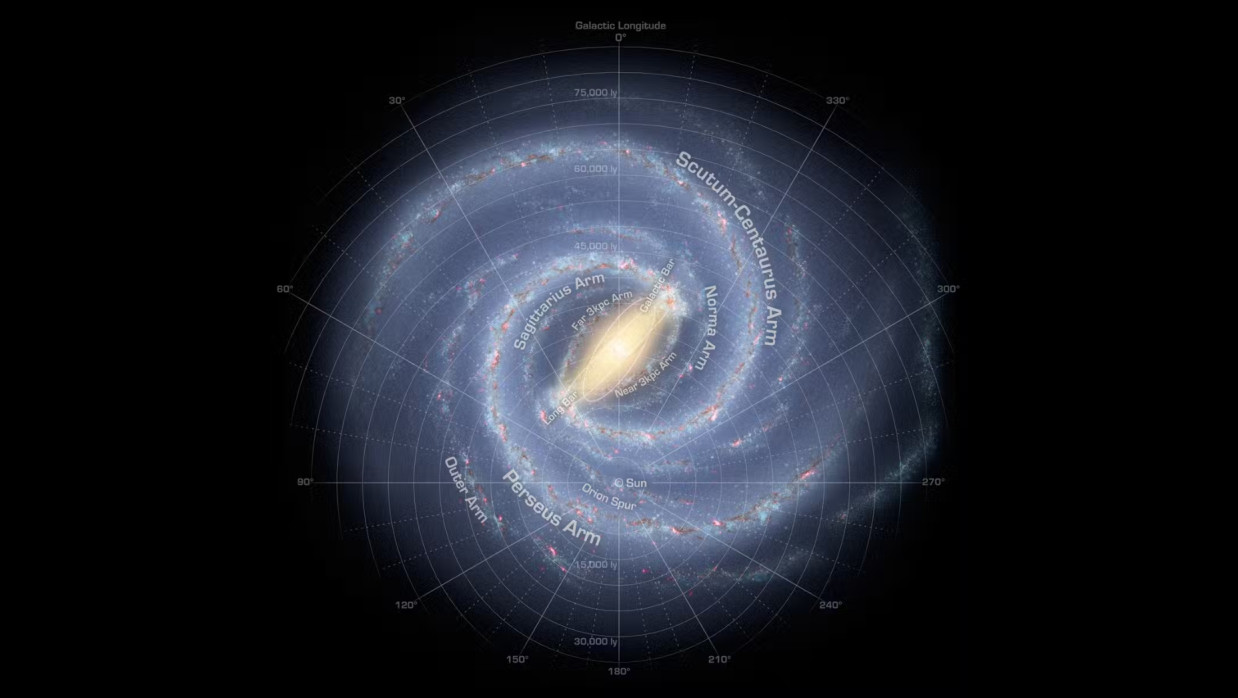
Earth's Ancient Zircon Crystals Reveal Milky Way Spiral Arm Samples, Scientists Claim
- ২৩ সেপ্টেম্বর ২০২৫, ১১:৩২

It existed on Earth even before the planet's outer solid crust formed and remains there to this day. For billions of years, it lay hidden from view until a tiny crystal finally revealed its presence to scientists—a sample from the spiral arms of our Milky Way galaxy trapped within.
Just as Earth orbits the Sun, the Sun, along with the entire solar system, revolves around the galaxy's center. The Milky Way's structure resembles a disk with spiral arms extending from its core. Now, a "sample" from one of these arms has been discovered deep within Earth itself. At the time of Earth's formation, the planet was entirely molten and hot, with its outer layer resembling an ocean of magma (lava).
Gradually, as it cooled, the crust—a thin, solid outer layer—formed. New research suggests that the history of this crust formation is intertwined with the Milky Way's spiral arms. Researchers from Australia's Curtin University were studying zircon crystals found in the crust. Zircon is one of Earth's oldest minerals, with the oldest known crystal dating back over 4.4 billion years. Geologists often say these tiny crystals can "trap time."
They carry evidence of various chemical changes that occurred since the crust's formation. These crystals not only reveal their own age but also provide insights into Earth's conditions at the time of their creation. Through research on these crystals, Curtin University scientists have uncovered new clues about the crust's formation.
Chemical analysis of the crystals yielded surprising data. The results match certain elements found in the gaseous envelopes of the Milky Way's spiral arms. These arms are not solid structures but consist of stars, gas, and dust.
The researchers claim that when our solar system passed through these spiral arms, the chemical signatures in the crystals align with those from the arms. The study was recently published in the journal Physical Review Research.
The solar system takes longer to traverse the spiral arms compared to the regions near the galaxy's center. While passing through these arms, the likelihood of comets and other cosmic objects impacting Earth increases. How the chemical samples from the Milky Way's spiral arms ended up in Earth's crustal crystals remains unclear. Scientists hypothesize that as the solar system moved through the arms, it may have exerted gravitational influence on nearby comets.